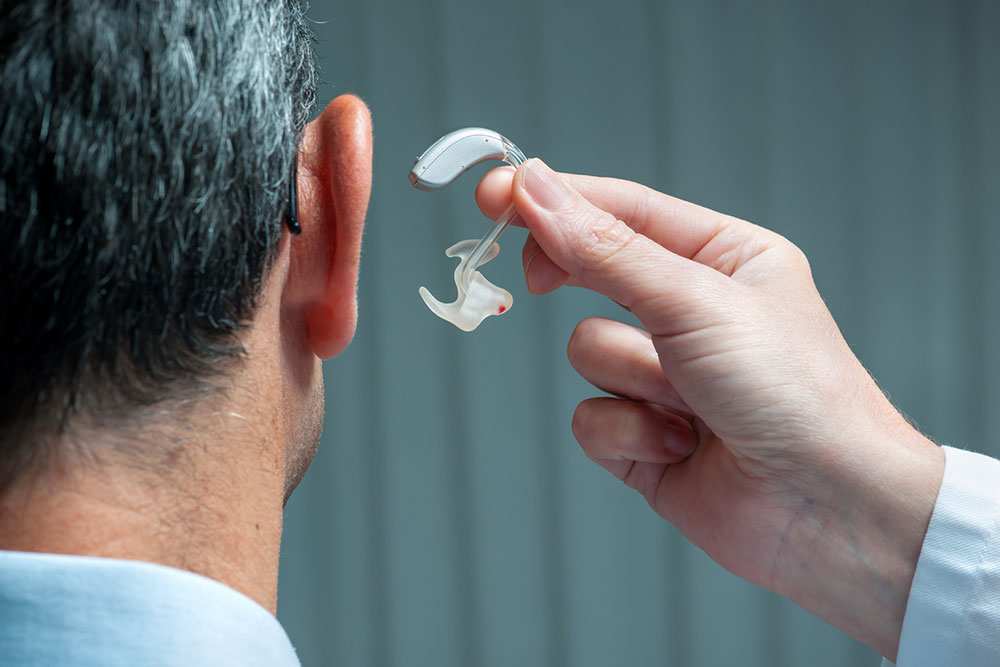4 mistakes new hearing aid owners must avoid

Using a hearing aid for the first time can be daunting because of how alien the experience feels. People using the aid can always contact their audiologist for any kind of assistance and to familiarize themselves with the device. However, there are still plenty of mistakes to sidestep on a day-to-day basis. Doing so improves their overall user experience with the device. Here are some of the common mistakes new hearing aid owners must avoid:
Avoiding general maintenance and cleaning
Hearing aids are not only fragile but also prone to accumulating dirt and filth from time to time. Using them in such conditions can cause ear infections among users. This is why one must pay due attention to the device’s maintenance to ensure that it has a long and useful lifespan. To meet that objective, users can change the device’s batteries and routinely clean it in order to keep it from becoming dirty. One can use small cotton buds and a cleansing solution for cleaning the device.
Cleaning the device incorrectly can cause wax and debris to accumulate in its crevices, leading to hearing loss and balance issues. To avoid these problems, it is recommended that users contact the device manufacturer to learn the right techniques and apparatus for cleaning their hearing aids.
Not using the volume controls correctly
A hearing aid comes with volume and other audio controls to help users hear better. However, one needs to use these buttons sensibly. Using excessive volume can worsen hearing loss, while ultra-low volume can also cause problems in hearing. Therefore, it is important to consult an audiologist to determine the correct volume and follow their instructions. One should not adjust the volume without seeking expert advice.
Not getting a proper fitting upfront
It is important to involve professionals at every phase of getting a hearing aid made. From the ear check-up to the customization of the device, users must ensure that the hearing aids made are suitable for their level and type of hearing loss. Failing to do so can result in users getting hearing aids that are not right for them.
Getting the fitting right during the customization process is crucial. It ensures that the device fits snugly to the user’s ear and is convenient to use.
Using the hearing aids straight after unpacking them
This is another mistake that new hearing aid owners consistently make. Ideally, one must take out the hearing aids from the box, read the instruction manual thoroughly, watch a few videos online to understand how the device is worn on a regular basis, consult an audiologist for their expert opinion on first-time usage of the device, clean the device using a dry cloth if necessary, and only then insert the aids into one’s ear for further usage.



